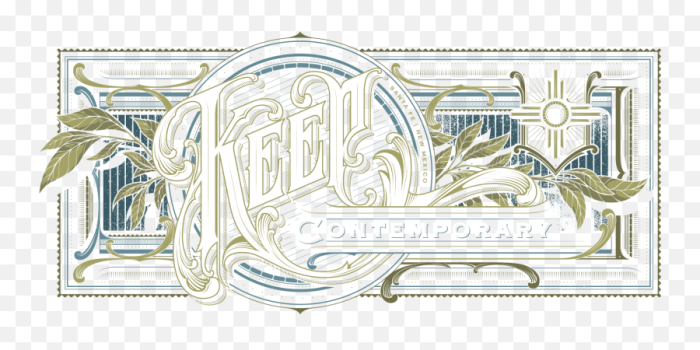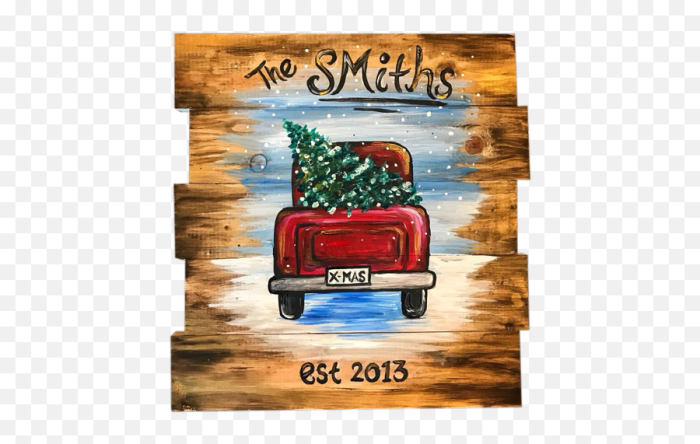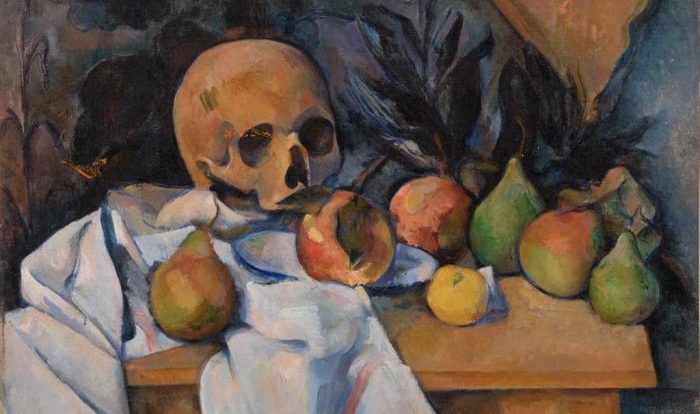Symbolist painters are inspired by emotions and dreamlike images, embarking on a journey into the depths of the human psyche. Their canvases become portals to realms of the subconscious, where feelings and ethereal visions intertwine, captivating the viewer with their evocative power.
Through the use of symbols, colors, and dreamlike imagery, Symbolist painters sought to transcend the boundaries of the physical world and explore the inner landscapes of the mind. Their works invite us to delve into the mysteries of our own emotions, dreams, and the elusive nature of reality.
Symbolism and Emotion in Symbolist Paintings

Symbolist painters conveyed emotions through symbolism, using colors, shapes, and objects to evoke specific feelings. For instance, Edvard Munch’s “The Scream” (1893) depicts a figure with a distorted face and writhing body, symbolizing the intense anxiety and despair experienced by the artist.
Colors and Emotions
Symbolism used colors to evoke emotions. Red often represented passion or danger, while blue symbolized tranquility or sadness. In Vincent van Gogh’s “The Starry Night” (1889), the vibrant blue and yellow hues create a sense of wonder and mystery.
Shapes and Objects
Shapes and objects also conveyed emotions. Sharp, angular shapes evoked tension or conflict, while soft, flowing forms suggested serenity. In Gustav Klimt’s “The Kiss” (1907-1908), the intertwined figures and golden hues create a sense of intimacy and sensuality.
Dreamlike Imagery in Symbolism
Symbolist painters evoked dreamlike atmospheres through blurring, distortion, and surreal elements. Odilon Redon’s “The Cyclops” (1898) depicts a shadowy figure with a single eye, creating a sense of mystery and the unknown.
Blurring and Distortion
Blurring and distortion created a sense of disorientation and altered reality. In James Ensor’s “The Entry of Christ into Brussels in 1889” (1888), the distorted figures and chaotic composition evoke the madness and chaos of the modern world.
Surreal Elements
Surreal elements, such as floating figures or impossible objects, disrupted the sense of logic and reason. In René Magritte’s “The Son of Man” (1964), a floating apple partially obscures the man’s face, creating a sense of mystery and surrealism.
Influences on Symbolist Painters

Symbolism was influenced by Romanticism, Impressionism, and the literary movement of Symbolism. Romanticism’s emphasis on emotion and imagination, Impressionism’s focus on light and atmosphere, and Symbolism’s use of allegory and metaphor shaped the style and subject matter of Symbolist painters.
Romanticism
Romanticism’s focus on emotion and imagination inspired Symbolists to explore their inner worlds and express their emotions through their art.
Impressionism
Impressionism’s focus on light and atmosphere influenced Symbolists to create dreamlike and ethereal effects in their paintings.
Literary Symbolism, Symbolist painters are inspired by emotions and dreamlike images
The literary movement of Symbolism, with its use of allegory and metaphor, provided a framework for Symbolist painters to explore abstract concepts and emotions through visual imagery.
Symbolism and the Subconscious: Symbolist Painters Are Inspired By Emotions And Dreamlike Images

Symbolism explored the subconscious mind and the inner workings of the psyche. Symbolist painters used their art to express their unconscious thoughts and emotions, often drawing inspiration from dreams and the world of the imagination.
Dreams and the Subconscious
Dreams were a rich source of inspiration for Symbolist painters, who saw them as a window into the subconscious mind. In Edvard Munch’s “Anxiety” (1894), the swirling lines and distorted figures represent the artist’s inner turmoil.
Inner Emotions and Thoughts
Symbolist painters also used their art to express their inner emotions and thoughts, often using symbolism to convey complex ideas and feelings. In Gustav Klimt’s “Judith I” (1901), the heroine’s enigmatic expression and the rich symbolism suggest the complex emotions surrounding love, death, and sexuality.
Techniques and Methods of Symbolist Painters

Symbolist painters used various techniques and methods to create their distinctive visual style. These techniques included the use of flat, decorative patterns, the incorporation of symbolism, and the exploration of new painting techniques.
Flat, Decorative Patterns
Symbolist painters often used flat, decorative patterns in their works, influenced by Byzantine and Japanese art. These patterns created a sense of abstraction and symbolism, as seen in Gustav Klimt’s “The Kiss” (1907-1908).
Incorporation of Symbolism
Symbolism was a central aspect of Symbolist painting, and artists used various symbols to convey complex ideas and emotions. These symbols could be drawn from mythology, religion, or the artist’s own imagination, as in Edvard Munch’s “The Scream” (1893).
Exploration of New Painting Techniques
Symbolist painters experimented with new painting techniques to achieve their desired effects. They often used thick, impasto paint application, blurred edges, and distorted forms to create a sense of mystery and ambiguity, as seen in James Ensor’s “The Entry of Christ into Brussels in 1889” (1888).
FAQ Insights
What is Symbolism in art?
Symbolism is an art movement that uses symbols and metaphors to convey emotions and ideas, often exploring the subconscious and dreamlike realms.
How do Symbolist painters use dreamlike imagery?
Symbolist painters employ techniques such as blurring, distortion, and surreal elements to create dreamlike atmospheres, evoking a sense of the subconscious and the ethereal.
What influences shaped Symbolist painters?
Symbolist painters were influenced by artistic and literary movements such as Romanticism, Impressionism, and the Decadent movement, which emphasized the exploration of the subconscious and the irrational.
